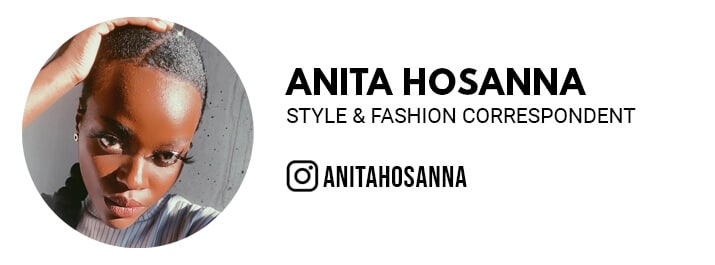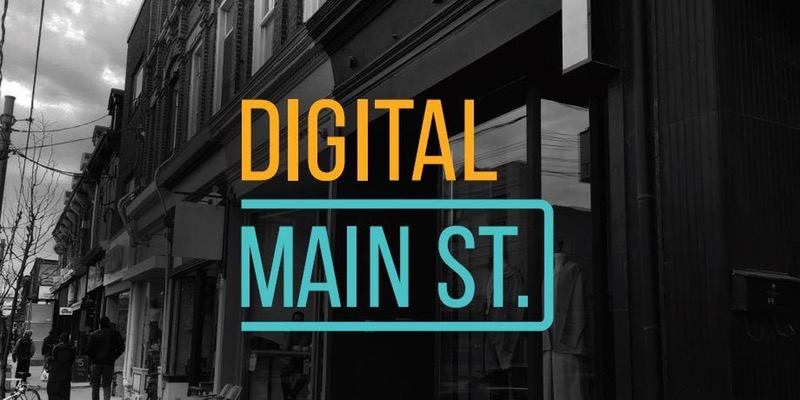2020 was that year. With issues of sustainability due to the high demand and production of fast fashion today, the world of fashion has been in need of a makeover for quite some time. Driven largely by the pandemic, not only have we changed the way in which we interact with one another, but we have also changed the way that we consume fashion as many stores, including like J. Crew, ALDO and Le Chateau, are closing down and being forced to go virtual.
The truth is that brick-and-mortar stores have been on a steady decline since as early as 2017 to 2019. In what the fashion industry refers to as the “retail apocalypse”, major retailers have been forced to shut down as they fail to maintain the interest of their customers who have succumbed to digital marketing, finding more convenience and better price points as e-commerce increases.
Historically, this is nothing new. Throughout the 20th century, we have often seen brands expand into lifestyle and invest in experiential retail by offering complimentary elements in the form of food, beverage, home goods, value-adding technology or cultural components, such as gallery spaces and bookstores, to give consumers a reason to visit stores.
What is new is the speed at which consumer behaviour is evolving. Technology is changing the way we consume fashion as styles are being shared online, and the same fashion trends are being followed all around the world. As we all consume the same content through social media, street style is beginning to look the same on a global scale. Companies who can align themselves to decode street style and keep up to date with fashion trend developments will get ahead.
So, what can we expect in 2021 and onward? Well, with brick-and-mortar stores dying and more fashion houses making their online transition, it’s quite evident that virtual is the now. Companies who can successfully integrate tech into their business models will surge ahead of the competition and attain profitable growth. But it’s not just about retail data, it’s about truly connecting with the target market.
Online tech retailers in the fashion and beauty industry, like Glossier and SSENSE, are connecting with their consumers by creating innovative user-centered processes and putting an emphasis on original content creation. This in turn builds a sense of community around their brands. They have utilized their tech platforms as cultural outlets, staying current with what’s going on in the world of not only fashion, but art and music. One of the challenges for emerging fashion brands will revolve around getting their customers involved in order to build customer loyalty and, ultimately, brand longevity.
We are witnessing the digital revolution of fashion consumption. Perhaps we can credit this to social media as the catalyst, however what really ties fashion and technology together is the user experience. Technology is a part of our daily lives; embracing it means embracing the present and future.
If you’re an Ottawa-based retailer or fashion designer looking to make the transition to online click here to find out more about Invest Ottawa’s Digital Main St. program. The program includes an e-commerce website design, your own digital marketing team, and other online support from Invest Ottawa, all for free.






